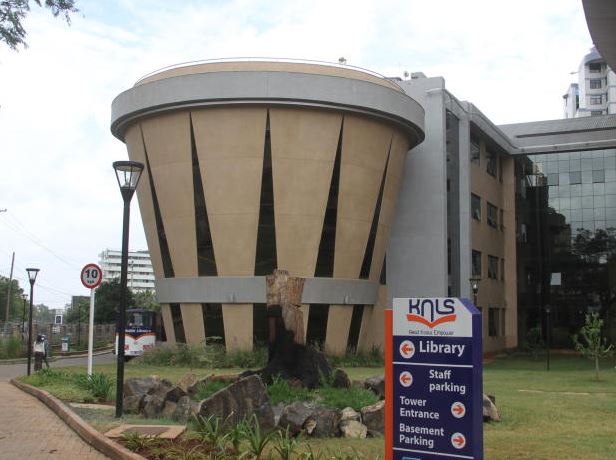×
The Standard e-Paper
Fearless, Trusted News

A section of the national library in Nairobi. [Edward Kiplimo, Standard]
A new imposing public library in city sits atop three drums; a symbolism of the fireplace where stories were told in the past. The use of drums was a deliberate attempt to blend cultures that share their love for storytelling.